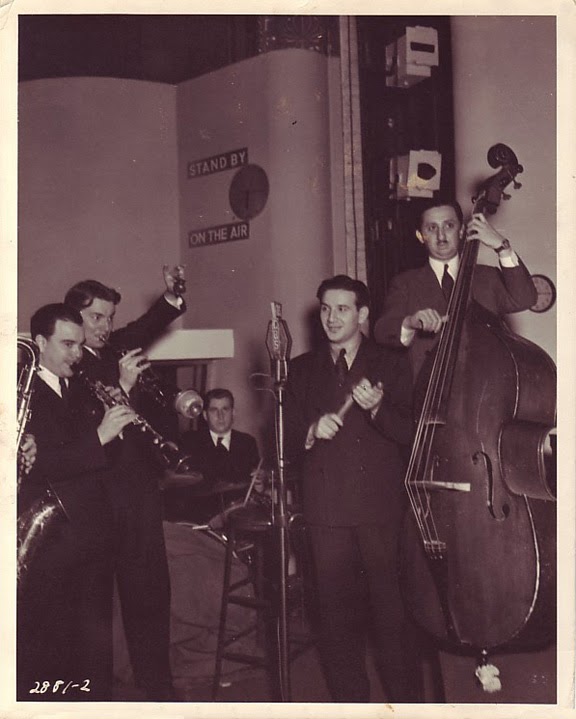Guest blogger, Deb Scott Studebaker, who is the older daughter of
Raymond Scott and his 2nd wife Dorothy Collins, writes the following:
.JPG) |
| Tess, Zack H. and fellow poets perform "The White Clothesline" at The Willows Community School. Photo: Tessa Posnansky |
Take 100 middle school students and a lesson on poetry and art that embraces light and shadow. Add careful observation, thoughtful discussion, and provide an environment where these students can sketch, paint, write and share.
What do you get? A poem called “The White Clothesline,” performed before an audience, with intro music from Raymond Scott Rewired. This mix of words, images and music holds a special meaning for me because Raymond Scott was my father.
What do you get? A poem called “The White Clothesline,” performed before an audience, with intro music from Raymond Scott Rewired. This mix of words, images and music holds a special meaning for me because Raymond Scott was my father.
Much has been written about Raymond Scott as an unswerving taskmaster, working his musicians relentlessly in pursuit of a lofty standard of perfection. His method of teaching me to play the piano as a young child—practicing endless scales—was anything but fun.
 |
| Aidan in "The White Clothesline." Photo: Heidi Roberts |
But my father also had a playful side, as well as a passion for combining and recombining sounds, styles, and genres. That was fun! It was fun for him, and for those who shared his vision. I must have inherited his fascination with combining art forms and modalities.
I’m the third of Raymond Scott’s four children; I am also a writer who teaches poetry at the Willows Community School in Los Angeles. On February 12, ten of my talented students performed a piece that embodied creative confluence—a process dear to my father’s heart.
Confluence: a place where people or things come together. Confluence came to work with me over the past few weeks: Blending art with poetry. Connecting fragments written by 100 students into an ancient poetic form known as the “cento.” Weaving 6th and 7th graders’ voices and perspectives. Bringing ten of those students onstage to speak the truths hidden within a white towel, a pair of white ski pants, and a tiny white sweater. Finally, adding a musical introduction that was a mash-up in itself!
 |
| Schaedyn and Malaika perform. Photo: Tessa Posnansky |
When I searched my music library for an intro cue, I wasn’t looking specifically for a Raymond Scott composition. In fact, I brought in three selections to play for my kids. But when I put on “Good Duquesne Air” (audio below)—one of my favorite tunes from the fascinating Raymond Scott Rewired project—we had an immediate groove going on. “That’s so cool!” “What is that?” “Who is that?” I explained that it was my father’s music, reimagined by mixmaster Mark Vidler (of Go Home Productions). On Poetry Night, the vintage and modern elements of “Good Duquesne Air” gave the audience a mysterious feel for what was yet to come.
In a confluence, streams flow and merge together from various sources. Fusing art with poetry opened up wider vistas for our students. Distilling the writings of many young poets into a cento told a new story.
In a confluence, streams flow and merge together from various sources. Fusing art with poetry opened up wider vistas for our students. Distilling the writings of many young poets into a cento told a new story.
And incorporating even a taste of my father's musical legacy into “The White Clothesline” reminded me that a creative confluence is a gift big enough to share.






